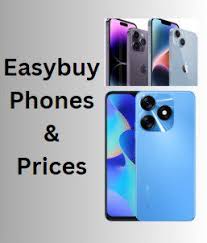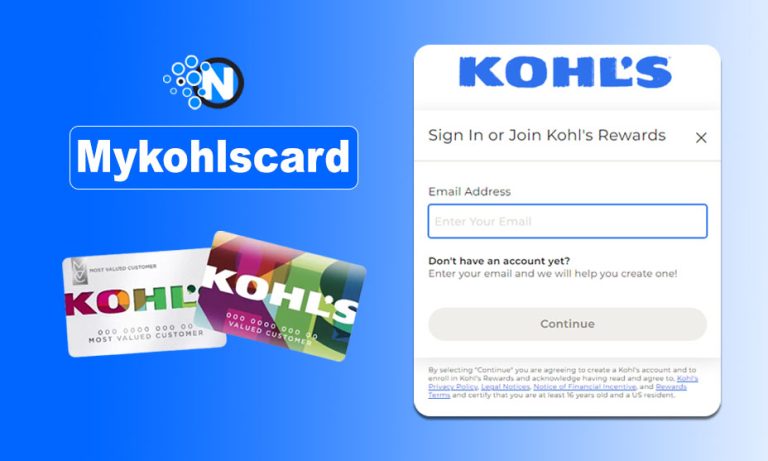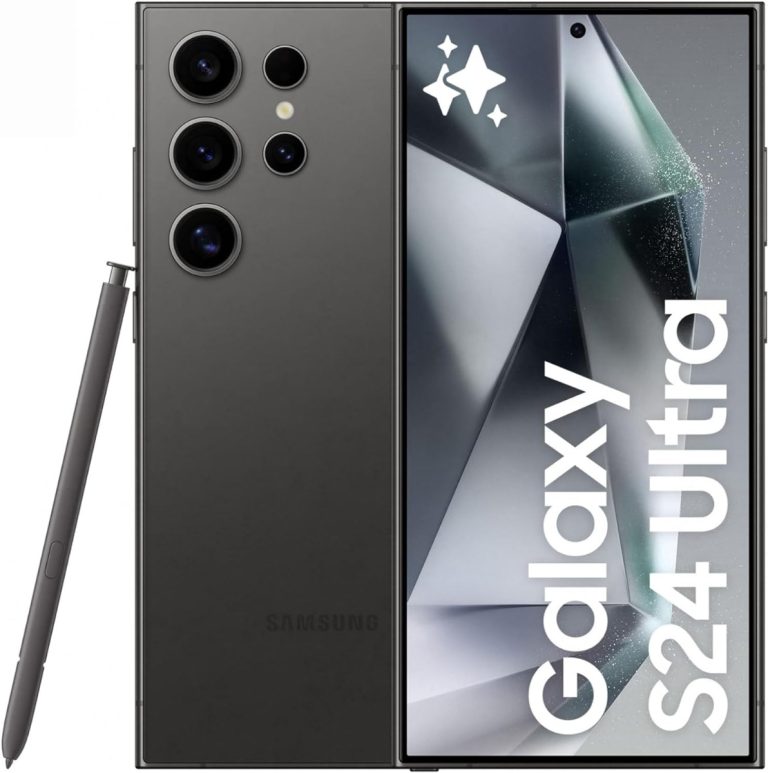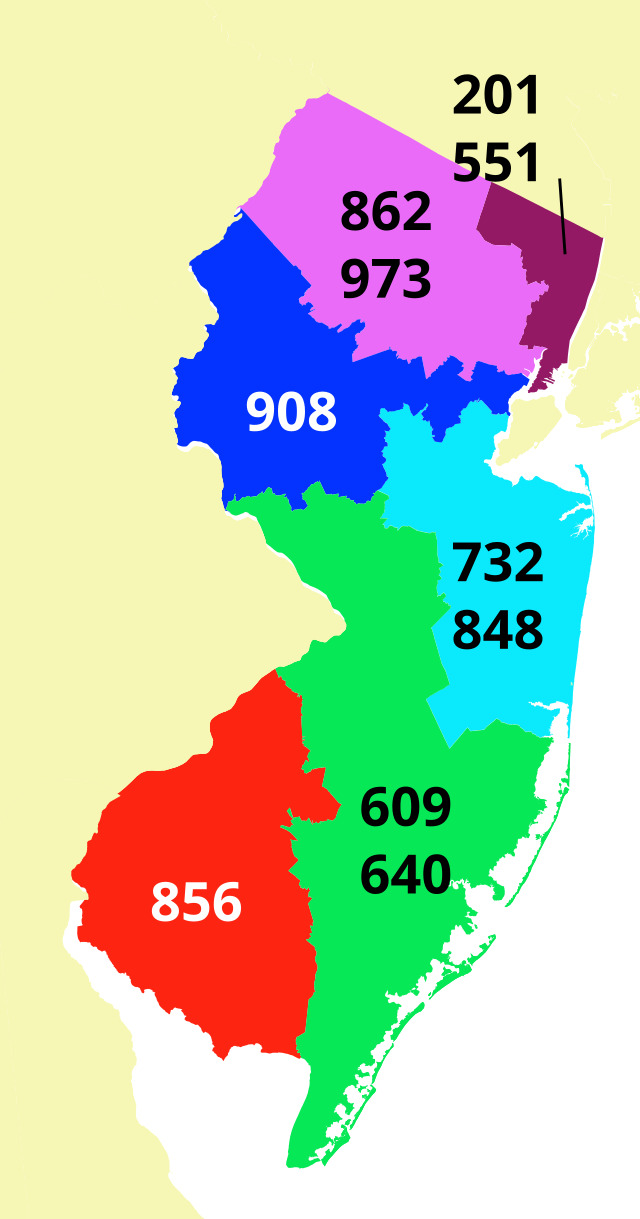In today’s fast-paced digital world, where communication is often reduced to quick interactions and instant responses, phone short codes have become an indispensable tool for businesses, organizations, and individuals. These concise numerical codes, typically 5 or 6 digits long, offer a simplified and convenient way to engage with audiences, send and receive information, and conduct various transactions through mobile devices. This exclusive article will delve into the multifaceted world of phone short codes, exploring their various applications, benefits, challenges, and the impact they have on modern communication.
Contents
Understanding Phone Short Codes
Before we delve into the specific use cases and benefits of phone short codes, let’s first define what they are and how they work.
A phone short code is a shortened telephone number, usually 5 or 6 digits long, that is easier to remember and dial than a traditional 10-digit phone number. These codes are typically used for specific purposes, such as:
- SMS Marketing and Promotions: Businesses often use short codes to send promotional messages, alerts, or updates to their subscribers.
- Two-Factor Authentication: Short codes are used to send verification codes for two-factor authentication, adding an extra layer of security to online accounts.
- Voting and Contests: Television shows, radio programs, and other events often use short codes for audience participation, allowing viewers or listeners to vote or enter contests via SMS.
- Mobile Payments and Donations: Short codes can facilitate mobile payments and donations, making it easier for users to make transactions or contribute to charitable causes.
- Customer Service and Support: Some companies use short codes to provide customer service or support, allowing customers to quickly and easily get in touch with them via text message.
Short codes are typically leased from mobile network operators and are regulated by various governing bodies to ensure they are used for legitimate purposes and do not facilitate spam or fraudulent activities.
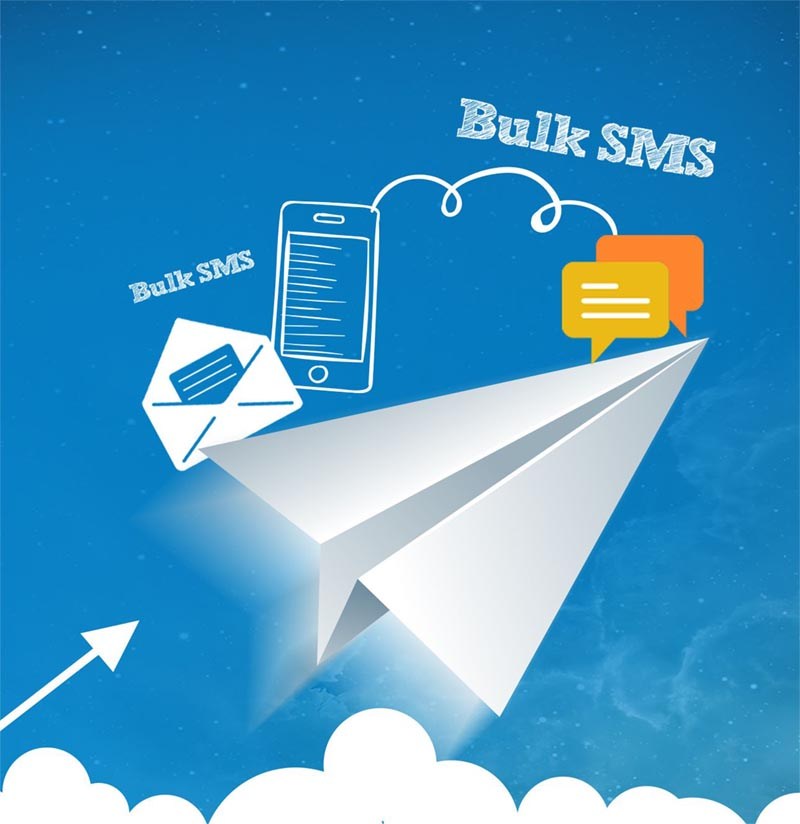
Benefits of Using Phone Short Codes
Phone short codes offer a plethora of benefits for businesses, organizations, and individuals alike. Some of the key advantages include:
- Memorability: Short codes are concise and easy to remember, making them ideal for marketing campaigns, promotions, and other initiatives that require audience engagement.
- Convenience: Dialing or texting a short code is quicker and easier than entering a full phone number, enhancing user experience and accessibility.
- Engagement: Short codes can facilitate interactive communication, allowing users to participate in polls, contests, or other activities, thereby increasing engagement and brand awareness.
- Brand Recognition: By using a dedicated short code, businesses can establish a unique brand identity and create a sense of exclusivity for their services.
- Data Collection: Short codes can be used to collect valuable data from users, such as demographics and preferences, which can inform marketing strategies and improve customer engagement.
- Cost-Effectiveness: Compared to traditional communication methods like phone calls or direct mail, short codes can be a more cost-effective way to reach a large audience.
Different Types of Phone Short Codes
There are various types of phone short codes, each with its unique features and use cases:
- Vanity Short Codes: These are custom short codes that spell out a word or phrase related to a brand or campaign, making them even more memorable and impactful.
- Shared Short Codes: These codes are shared by multiple businesses or organizations, typically for a specific campaign or service.
- Dedicated Short Codes: These codes are exclusive to a single business or organization, providing greater control and branding opportunities.
- Random Short Codes: These are randomly generated codes that do not have any specific meaning or association.
How to Get a Phone Short Code
Acquiring a phone short code involves a multi-step process that includes:
- Choosing a Short Code Provider: Select a reputable short code provider that offers the necessary services and support.
- Selecting a Short Code: Choose a 5- or 6-digit short code that is available and relevant to your brand or campaign.
- Registering Your Short Code: Register your short code with the Common Short Code Administration (CSCA), the governing body that manages short code assignments in the US and Canada.
- Carrier Approval: Obtain approval from the relevant mobile network operators to ensure your short code can be used on their networks.
- Implementation and Testing: Work with your short code provider to implement the necessary technology and test your service before launch.
Challenges and Best Practices for Using Phone Short Codes
While phone short codes offer numerous benefits, there are also some challenges and considerations to keep in mind:
- Cost: Leasing a short code can be expensive, especially for dedicated codes.
- Carrier Approval: The carrier approval process can be lengthy and complex.
- Compliance: Short code usage is subject to various regulations and guidelines, such as the CTIA Short Code Monitoring Handbook. It is essential to ensure compliance to avoid penalties or service disruptions.
- User Experience: Design your short code campaigns with the user experience in mind, providing clear instructions and opt-out options.
- Spam Prevention: Implement measures to prevent your short code from being used for spam or unwanted messages.
The Future of Phone Short Codes
As mobile technology continues to evolve, the future of phone short codes is bright. With the rise of 5G and the increasing adoption of smartphones, short codes are poised to play an even more significant role in communication, marketing, and customer engagement.
We can anticipate several developments in the future, including:
- Integration with Rich Media: Short codes may be used to deliver richer and more interactive content, such as videos, images, and even augmented reality experiences.
- Enhanced Personalization: Short code campaigns could become more personalized, leveraging data and analytics to deliver targeted messages and offers.
- AI-Powered Interactions: Chatbots and virtual assistants could be integrated with short codes to provide automated customer service and support.
Conclusion: The Power of Short Codes in the Palm of Your Hand
In conclusion, phone short codes have revolutionized mobile communication, offering a convenient and effective way to engage with audiences, send and receive information, and conduct various transactions. From marketing campaigns and two-factor authentication to mobile payments and customer service, short codes have become an indispensable tool in the digital age.
By understanding the various types of short codes, their applications, and the best practices for their use, businesses and individuals can leverage their power to enhance communication, drive engagement, and achieve their goals.


